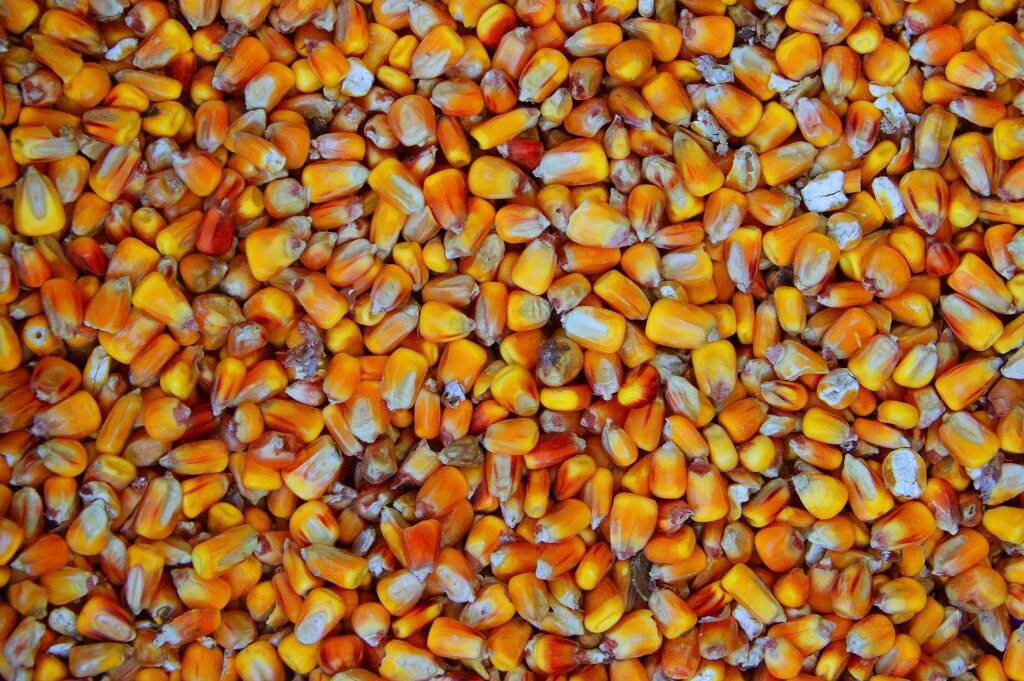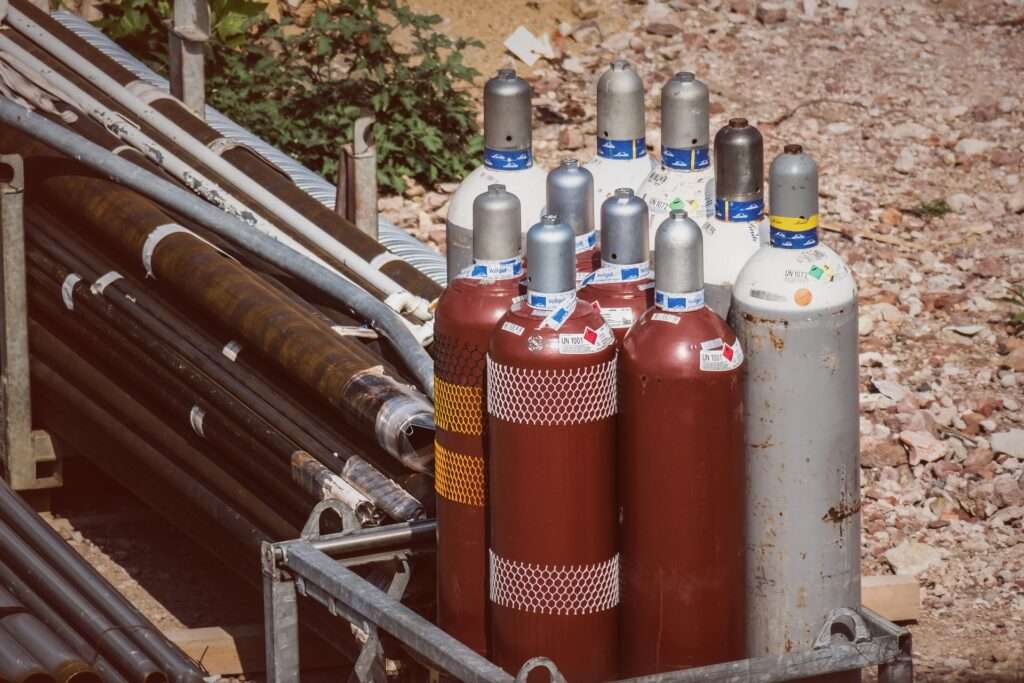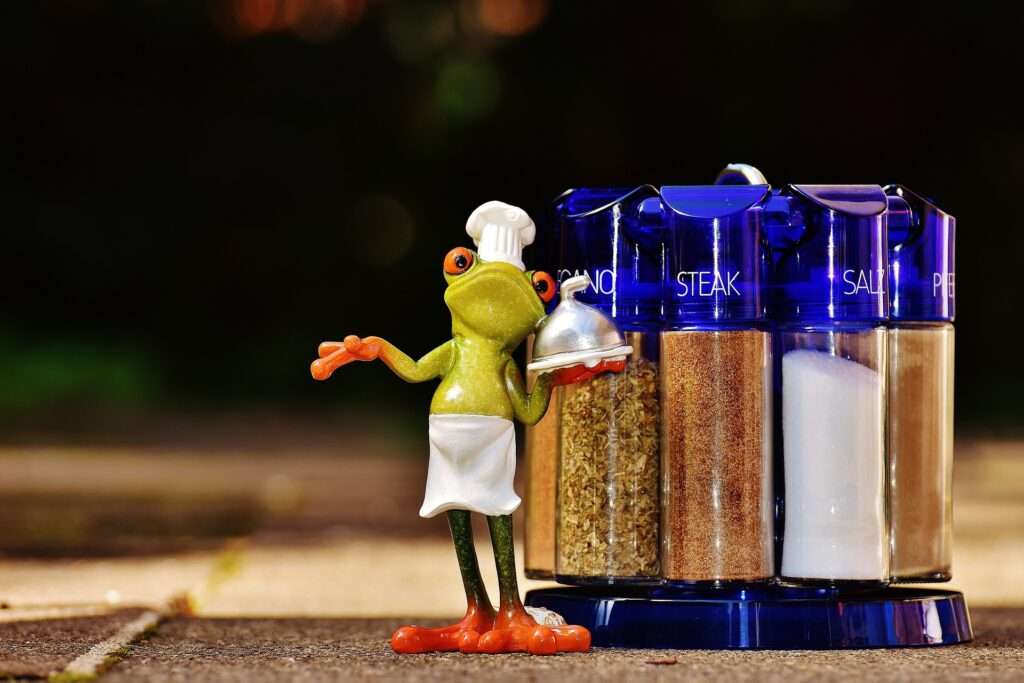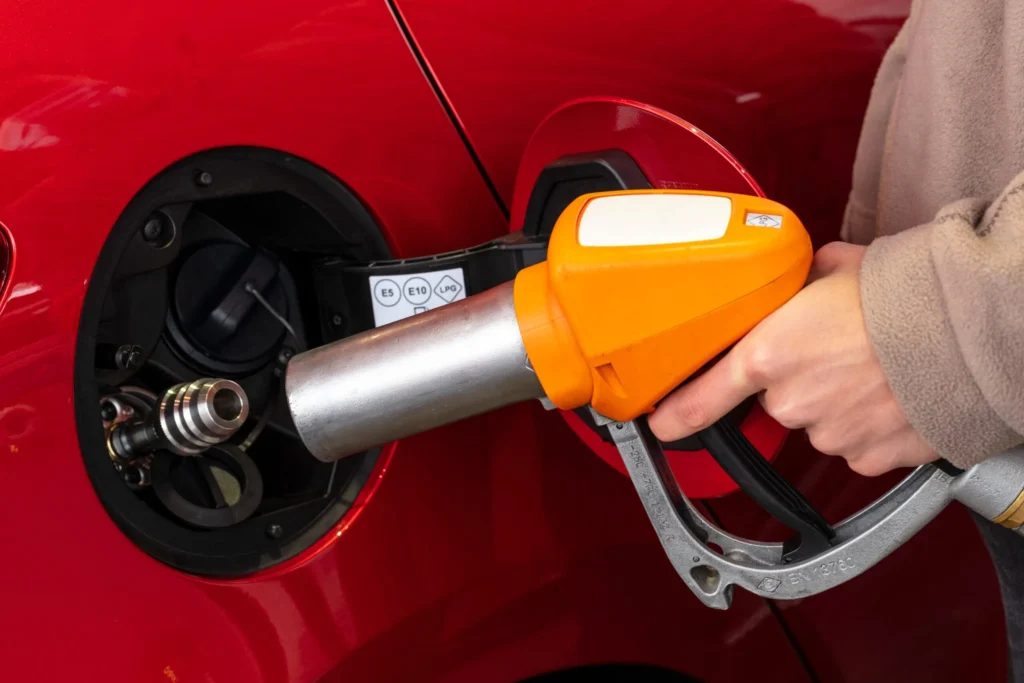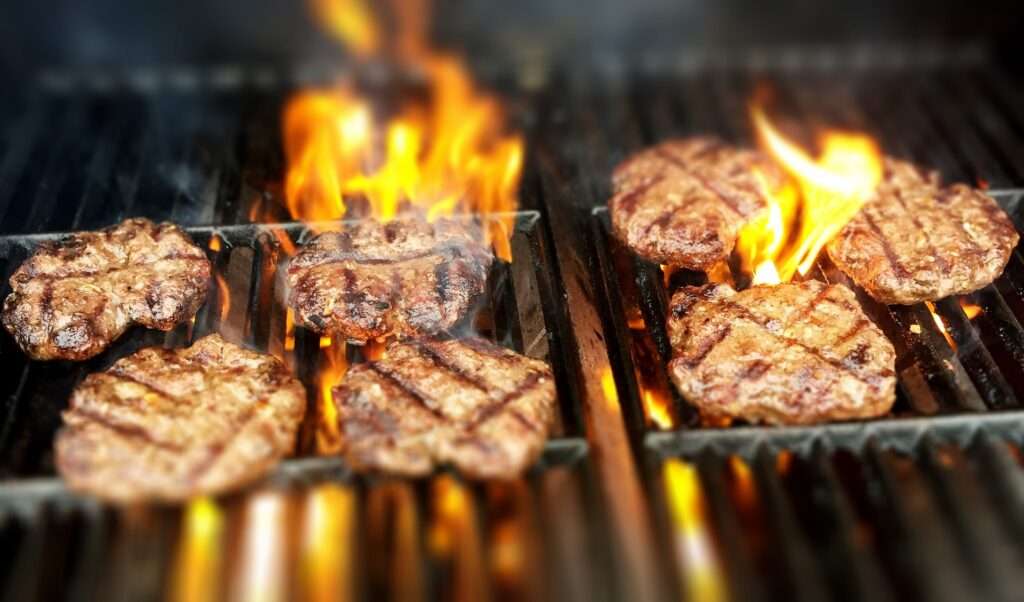What is crop drying?
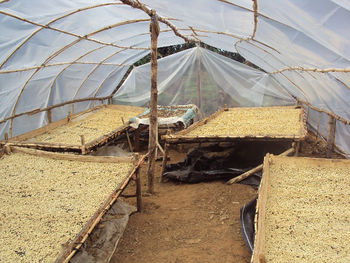
Crop drying is a process that involves removing moisture from harvested crops to reduce their moisture content to safe levels for storage, transportation, and subsequent processing of the crop into other items like paste, sugar syrup, breakfast cereal, etc. It helps prevent spoilage of crops, preserve crop quality, and maintain market value. Crop drying becomes especially important for crops that are harvested with high moisture content(like spinach, kale, etc.) or are more susceptible to mold growth and degradation during storage(like wheat, rice, etc.).
When did we start crop drying?

The practice of crop drying has been employed for tens of thousands of years, that is for as long as humans have been involved in agriculture. Initially, crop drying was done using natural methods, such as spreading the harvested crops under the sun to make them dry, this process itself could take a week if not more than that. This natural drying method using only the sun is still used in certain regions of the world where they do not have access to better technology like Africa or India and also for certain crops like wheat, barley, beans, lentils, legumes, etc. However, natural drying that is done without modern artificial heating is extremely dependent on weather conditions and can be very slow as well as unpredictable, making it very costly and time-consuming for large-scale commercial agriculture.
How is modern-day drying done?
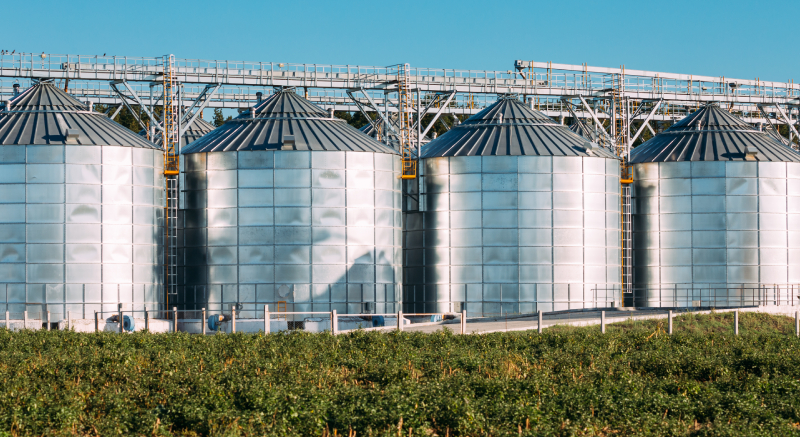
The widespread use of LPG(Liquefied Petroleum Gas) for crop drying began to emerge in the 1950s and 1960s when LPG became more accessible and affordable due to massive increases in production, better technology, and infrastructure development for LPG-based companies. It provided an alternative to traditional drying methods that relied on drying through sun exposure or inefficient and labor-intensive drying techniques like rack drying or hanging drying. Other types of gases like natural gas, biogas, propane, methane, etc. are also used for crop drying.
Modern crop drying methods offer several advantages over the much older labor-intensive crop drying methods. These are some of the main advantages of LPG over the old methods:
1) Efficiency: LPG crop dryers provide a more efficient and faster drying process compared to natural labor-intensive methods. They can generate and maintain consistent heat levels which is hard to do when you are doing it manually This further leads to a reduction in drying time and allows for a higher throughput rate, improving productivity while at the same time reducing labor requirements.
2) Control: There is more control over the temperature used when drying which is extremely important as different crops have different moisture content and heat tolerance. This process can become much more automated when using LPG which reduces the rate of error when drying the crops as well as also eliminates the training requirement that laborers would have to go through to dry different types of crops.
3) Uniform Drying: The heat distribution and airflow in LPG dryers can be controlled through computer automation, ensuring that all parts of the crop receive adequate heat and air circulation. This results in more consistent drying across the entire batch, reducing the risk of uneven drying and quality variations. This is much more difficult in manual and natural drying processes.
4) Reduced Labor: Requirements: The amount of labor required in this drying is significantly less than the natural and old methods. Instead of manually spreading, turning, and monitoring crops, all of the processes can now be automated using a computer. This frees up the limited labor resource for other tasks that are not as easy to automate yet like harvesting delicate crops, crop scouting, pest management, crop thinning, and pruning etc.

